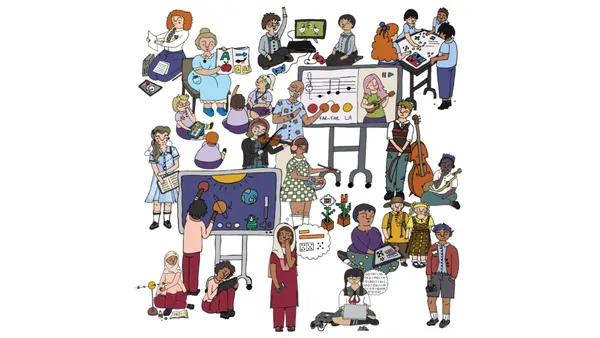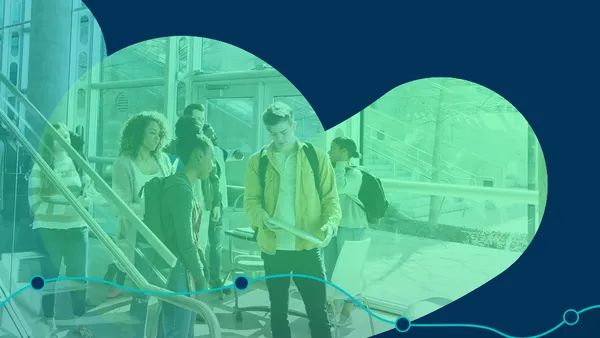Dive Brief:
- Because teachers often influence decisions regarding discipline and academic placement that can affect the course of a child’s life, school leaders often require diversity and cultural sensitivity training so teachers can better understand the backgrounds of students from different races and cultures. However, more schools are now including implicit bias training as well so that teachers and administrators can see how their own experiences may be unconsciously affecting their attitudes toward students, Education Week reports.
- Implicit bias training can help lessen racial disparities in a school district and help close opportunity gaps as teachers better understand their own reactions toward students and the effect these biases have on them. This new understanding can cause them to reexamine the way they handle discipline in the classroom, for instance, and look for better ways to handle situations that arise without resorting to referrals.
- But school districts face a dilemma when it comes to teaching about implicit bias as part of professional development. If they offer the training on a volunteer basis, they will likely be reaching only the teachers who are already conscious of how they view students. But requiring the training can cause some people to feel uncomfortable because they are not sure the environment is psychologically safe to share their personal experiences.
Dive Insight:
All humans have implicit biases that affect the decisions they make every day. These biases are not always racial or cultural. They can affect attitudes toward gender, socioeconomic status, or where a person lives. They can affect buying decisions and brand loyalties. They can be innocuous or devastating, depending on the context.
In a classroom setting, these implicit biases can subtly affect how a teacher views students, how they respond to them and what they think they can achieve. In some cases, these implicit biases can affect a student’s academic pathway or opportunities for leadership. In other cases, these biases can affect the way a student is disciplined. These reactions can cause racial disparities in the treatment of students that can have long-term effects, though some feel these disparities in discipline arise from other sources, such as growing up in single-parent households and low-income neighborhoods. Implicit biases can also affect the growth mindset of teachers when it comes to student potential. All these decisions can affect the future course of a child’s life.
Administrators also need to be aware of the effect of implicit bias because it can influence hiring decisions. Even after employees are hired, these biases can affect the way their performance is judged.
But implicit bias training in a group setting requires a certain level of trust that is hard to achieve in a large group setting or at the beginning of the year when some teachers are new. It may be better to provide such training in small groups, if possible, where teachers and administrators feel more comfortable about opening up about their own experiences. Or the sharing may be done by writing these experiences, so anonymity is maintained. In any case, having teachers and administrators confront the implicit biases that affect their decisions can help them overcome them.











